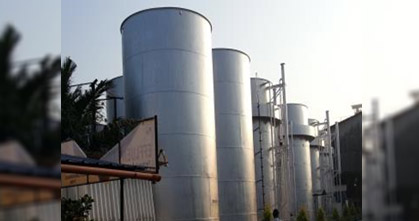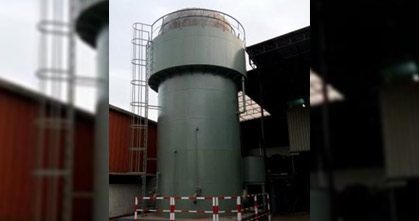A back-flush UASB (Upflow Anaerobic Sludge Blanket) reactor is an upgraded version of the conventional UASB model, designed to improve performance. Similar to its conventional counterpart, this reactor operates under anaerobic conditions, facilitating the digestion of organic matter and biogas production. However, for complex wastewaters such as slaughterhouse, fish processing effluents, palm oil effluents etc, oil and other floating COD poses an issue – wa
A back-flush UASB (Upflow Anaerobic Sludge Blanket) reactor is an upgraded version of the conventional UASB model, designed to improve performance. Similar to its conventional counterpart, this reactor operates under anaerobic conditions, facilitating the digestion of organic matter and biogas production. However, for complex wastewaters such as slaughterhouse, fish processing effluents, palm oil effluents etc, oil and other floating COD poses an issue – washout of sludge or poor treatment efficiency if the oils and floatable COD is not removed prior to the anaerobic digester, potentially diminishing its efficiency.
To address this issue, the back-flush UASB reactor incorporates a periodic back-flushing mechanism. This process involves temporarily reversing the flow direction within the reactor, which dislodges and removes the accumulated solids. The mobilized solids, along with the back-flush medium (water or gas), are then reintroduced into the reactor.
The advantages of incorporating a back-flush mechanism into the UASB reactor design are significant. It helps maintain the reactor's hydraulic functionality and treatment efficiency by preventing the buildup of solid matter, reducing the risk of obstructions, and enhancing process stability. Moreover, the back-flushing process optimizes biogas production by eliminating hindrances to gas transfer and microbial activity. Additionally, it reduces reactor downtime and improving overall operational efficiency.










